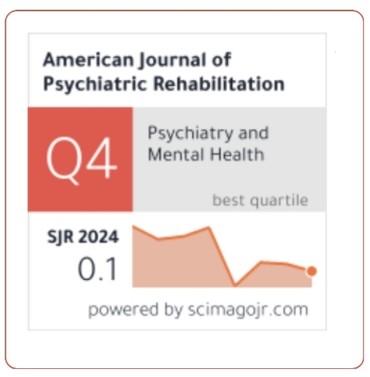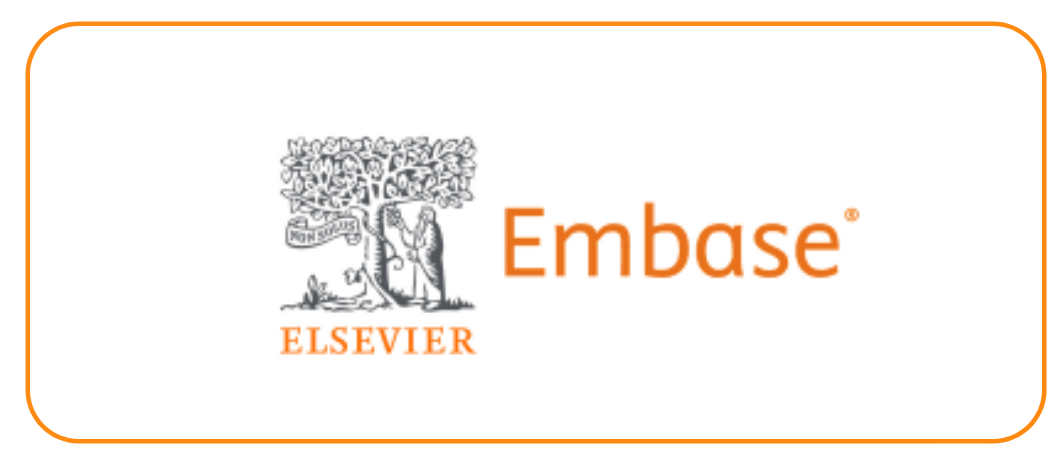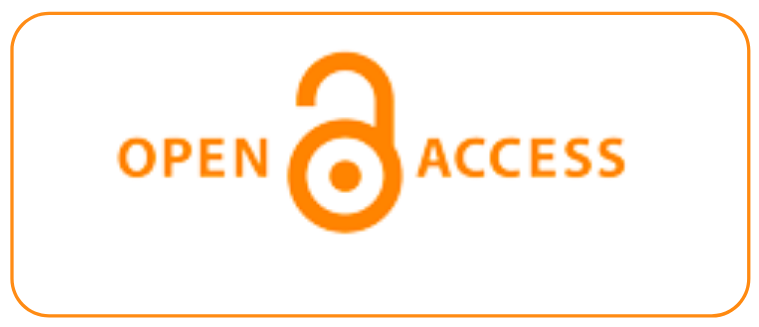Exploring The Roles And Responsibilities Of Principals In School Governance In Zambezi Region, Namibia
DOI:
https://doi.org/10.69980/ajpr.v28i5.680Keywords:
School Governance, Roles, Responsibilities, PrincipalsAbstract
The purpose of this study was to explore the roles and responsibilities of principals in school governance in Zambezi region, Namibia. This study is located within the interpretive paradigm. A qualitative research approach was employed. To solve the problem in this study, the researchers narrowed the population so that only principals from the Zambezi region formed part of the study. Purposive sampling was employed in this study. The researchers made choices regarding which participants or groups to include in the sample and selected five principals to explore the roles and responsibilities of principals in school governance in Zambezi region, Namibia. The researchers utilized interviews as data collection technique in this study. A qualitative data analysis (QDA) was employed in this study. It was established from the findings that principals’ roles and responsibilities in school governance were immense. They had to ensure that the curriculum and day-to-day activities of the school were implemented. It, furthermore, states that the principal has to implement the school curriculum and ministerial policies. It was revealed that principals maintained discipline at the school for both teachers and learners. It was also their responsibility to ensure that the infrastructure was maintained.
References
1. Balyer, A. (2012). Transformational leadership behaviors of school principals: A qualitative research based on teachers’ perceptions. International Online Journal of Education Sciences, 4(3), 581-591.
2. Bertram, C. & Christiansen, I. (2014). Understanding research: An introduction to reading research. Pretoria: Van Schaik.
3. Best, J. W. & Kahn, J. V. (2014). Research in Education. London: Pearson Education Limited.
4. Krasnoff, B. 2015. Leadership qualities of effective principals. Northwest Comprehensive Center, Education Northwest.
5. Libuku (Sibalatani), E. (2014). HIV and AIDS in the Namibian context. University of Namibia, Windhoek.
6. Maree, K. (2016). (Ed). First steps in research. (2nd Ed). Braamfontein, Van Schaik publishers.
7. Mestry, R. (2017). Principals’ perspectives and experiences of their instructional leadership functions to enhance learner achievement in public schools. Journal of Education, 69.
8. Mills, G. E. & Gay, L. R. (2016). Educational Research: Competencies for Analysis and Applications. (11th Ed). Pearson Education Limited.
9. Naidoo, R., Mncube, V. & Potokri, O. C. (2015). Leadership role of school principals in democratic schools in South Africa: Case studies of two schools. J Soc Sci, 43(3), 319-328.
10. Namibia: Ministry of Education, Arts and Culture. (2016). Establishing and maintaining effective school boards: A guide. Windhoek. Namibia.
11. Nzoka, J. T. & Orodho, J. A. (2014). School management and students’ academic performance: How effective are strategies being employed by school managers in secondary schools in Embu North district, Embu County, Kenya? International Journal of Humanities and Social Science, 4(9).
12. Okeke, C. & van Wyk, M. (2015). (Eds). Educational research: An African approach. Cape Town. Oxford University Press Southern Africa (Pty) Limited.
13. Xaba, M. I. & Nhlapo, V. A. (2014). Principals’ views on challenges of their school governance roles. African Education Review, 11(3), 424-444.
14. Yin, R. K. (2014). Case study research design and methods. (5th Ed). California, SAGE Publications, Inc.
15. Wallace Foundation. 2013. The school principal as leader: Guiding schools to the better teaching and learning. Retrieved from http://www.wallacefoundation.org/knowledge-center/Documents/The-School-Principal-as-Leader-Guiding-Schools-to-Better-Teaching-and-Learning-2nd-Ed.pdf
Downloads
Published
Issue
Section
License
Copyright (c) 2025 American Journal of Psychiatric Rehabilitation

This work is licensed under a Creative Commons Attribution 4.0 International License.
This is an Open Access article distributed under the terms of the Creative Commons Attribution 4.0 International License permitting all use, distribution, and reproduction in any medium, provided the work is properly cited.









